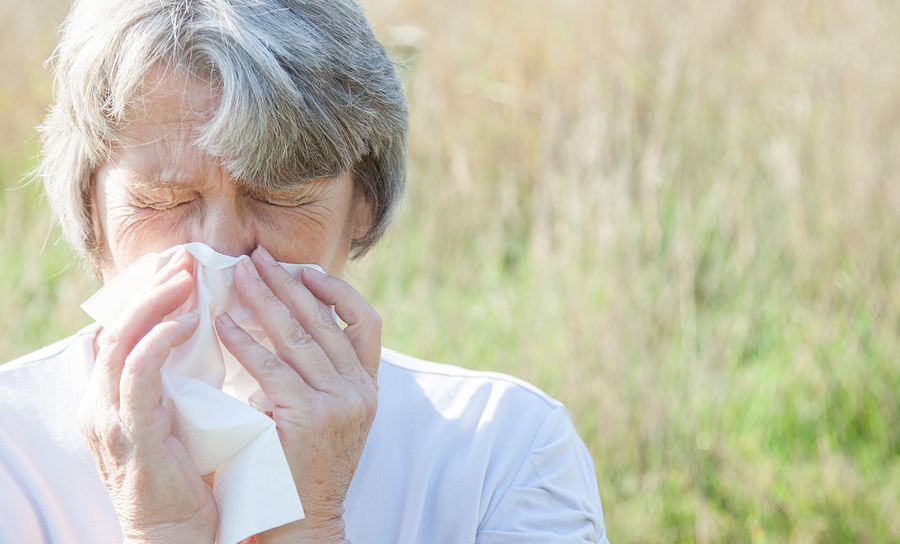Could your home be making you ill this summer?
From pollen to dust mites, here's what to look out for
Our homes can get a bad rep during winter, even taking some of the blame for the spread of colds and flu, when everybody’s cooped up in close quarters and windows are sealed shut for weeks on end to keep the warmth in.
Thank goodness, then, when summertime rolls around, we can fling those windows open with glee and give everything a good airing.
Unfortunately, this isn’t good news for everybody, especially those with allergies and asthma that’s triggered by things like pollen.
Here’s what to watch out for at home to stay healthy…
Pollen can come in through open windows

A bane for hay fever sufferers, pollen can also be problematic for some adults and children living with asthma, and while we think of it as something that strikes outdoors, around trees and grass for instance, it can enter our homes too.
“Pollen can be brought into the home by a variety of modes. A common cause is coming in through an open window, which are often opened early in the morning and/or evening, when pollen counts are highest. This means pollen can enter rooms and provide a constant stream of aeroallergens (substances that are breathed in that cause a problem to the allergic individual),” says Allergy UK nurse advisor, Holly Shaw.
Drying laundry outdoors can also be an issue

Letting laundry air-dry indoors can be a major contributory factor to damp in homes, which can have a detrimental effect on health, particularly for people with certain allergies and lung conditions. But while for many of us, the chance to dry clothes outdoors during the warmer months is a welcome relief, this can also be a pollen trap.
“Pollen can be transferred into the home on laundry that’s been aired outside,” notes Shaw. “In addition, pollen can also be transferred on people (on their clothes, skin and hair) and domestic pets.” In other words, people and pets can traipse allergens like pollen inside.
Dust mites thrive in warm conditions
Pollen isn’t the sole culprit. Dust mites are among the “most common indoor air allergens”, Shaw points out, and they “thrive in warm, humid environments”. Dust mites in the home are most often found in soft furnishings like carpets, bedding, curtains and cushions.
What can you do about it?
If opening the windows is tricky, but letting the house get too warm isn’t good either, where does that leave you? As frustrating as it sounds, there are a number of things you can do to minimise unhealthy home invasions during summer. “Keeping windows closed and not drying laundry outside during high pollen times, and showering when you return from being outside, will remove pollen from the skin and hair,” suggests Shaw.
“Cleaning in the home, including damp dusting and vacuuming, will help control dust mites. It should be noted this can also cause dust mites to be disturbed, so those with a dust mite allergy may be symptomatic following this. Minimising the amount of soft furnishings in the home, keeping beds free from soft toys and cushions and washing bedding above 60 degrees may also help reduce dust mites. For items that cannot be washed as easily, pillow or mattress protectors may be useful.”
As with any time of year, ensuring your hay fever/allergies and asthma is well-managed generally is also important, so if you’re struggling to keep symptoms under control, speak to your GP. They can advise on medication and any additional things that may help, or investigate whether there’s another reason for the flare-ups.
The Press Association
Latest posts by The Press Association (see all)
- Beatles documentary Let It Be to be released on Disney+ - April 16, 2024
- How to keep your money safe – as criminals ramp up AI tactics to steal consumer data - April 16, 2024
- Seasoned marathon runners give their best race day tips for first-timers - April 16, 2024
- What are heat pumps and could they help your home save energy? - April 15, 2024
- Trailer for Bridgerton season three teases new friends-to-lovers romance - April 12, 2024





















